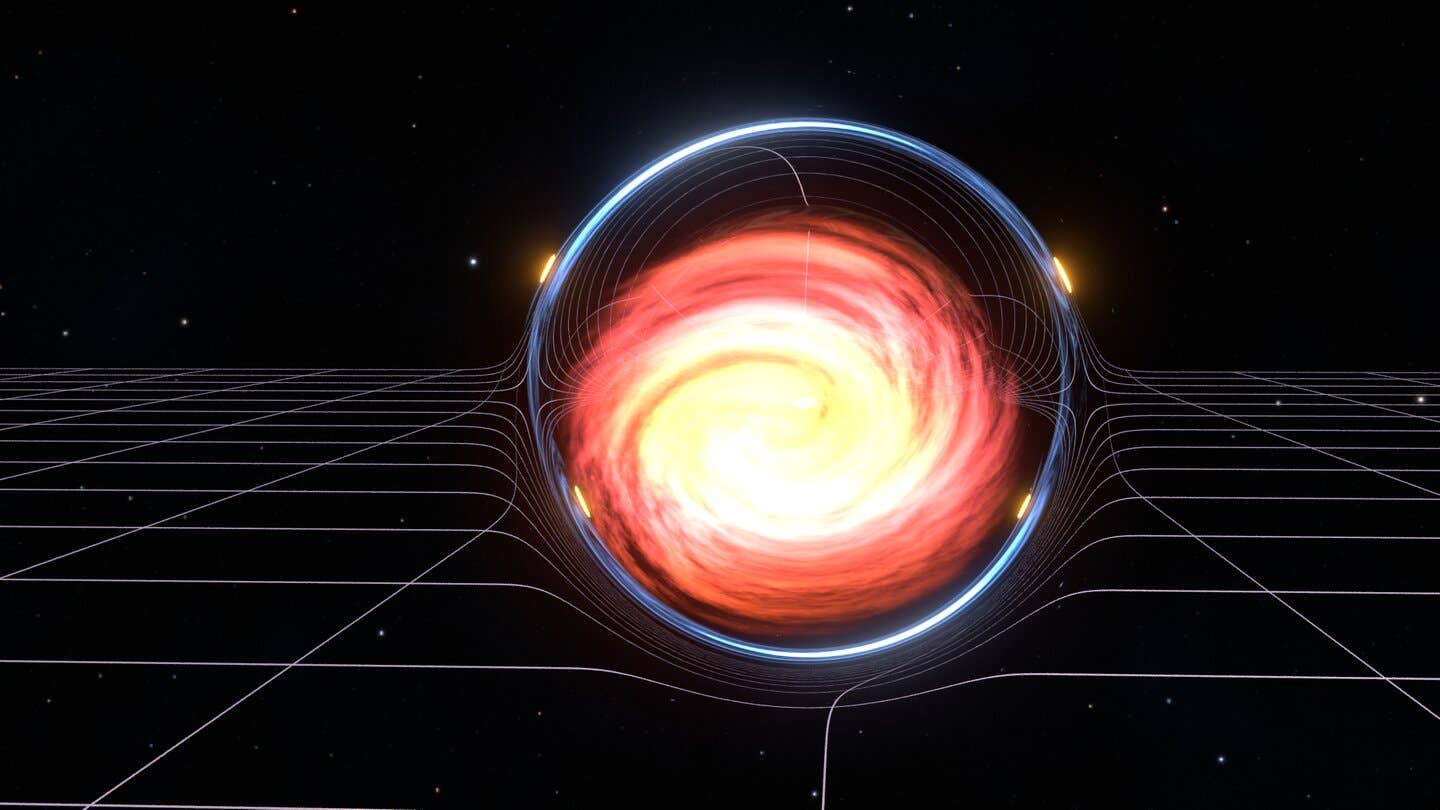Scientists discover new planet-wide electric field that is fundamental to Earth’s atmosphere
The ambipolar electric field, this invisible force begins 150 miles above the planet and plays a crucial role in driving weather patterns

(CREDIT: NASA’s Goddard Space Flight Center/Lacey Young)
A groundbreaking discovery has revealed a new, planet-wide electric field that is as fundamental to Earth as gravity. Known as the ambipolar electric field, this invisible force begins 150 miles above the planet and plays a crucial role in lifting the sky and influencing polar winds, which in turn help drive weather patterns around the world.
For years, scientists had only theorized about the existence of this field, but a team from NASA, including researchers from the University of Leicester, has finally measured it by sending a rocket directly into the field. This discovery adds a third energy field to Earth's known forces, alongside gravity and the magnetic field, which protects the planet from cosmic radiation.
Dr. Glyn Collinson, the principal investigator of the Endurance Mission at NASA's Goddard Space Flight Center in Greenbelt, Maryland, explains, “Whenever spacecraft have flown over the poles of the Earth, they have encountered this supersonic wind of particles called the polar wind. There had to be some invisible force driving this outflow, but until now, we lacked the technology to measure it.”
This electric field is a fundamental part of how Earth functions, existing since the planet’s formation, alongside gravity and magnetism. It has been lifting particles into space and stretching the atmosphere upward for billions of years. The field's strength is incredibly weak, measuring just 0.55 volts—about as much power as a watch battery.
Despite its faintness, it is powerful enough to nearly triple the scale height of the ionosphere, the upper atmosphere layer that stretches between 30 and 600 miles above sea level. This scale height refers to how quickly the atmosphere fades away with altitude, and the ambipolar field helps keep the ionosphere denser at higher elevations.
“Even though the field is weak, it’s incredibly important because it counters gravity and lifts the skies up, much like a conveyor belt lifting the atmosphere into space,” Dr. Collinson elaborates. “A half a volt might seem insignificant, but it’s precisely the right amount to explain the polar wind.”
Understanding Earth's atmosphere is vital for comprehending the planet's evolution and could even aid scientists in identifying other potentially habitable planets. The research team suspects that any planet with an atmosphere likely possesses an ambipolar electric field.
To study the field, scientists traveled to the world’s most northerly launch site at Ny-Ålesund in Svalbard, Norway, just a few hundred miles from the North Pole.
Related Stories
This mission, named Endurance after the ship that took Ernest Shackleton on his Antarctic expedition in 1914, began in 2016. The region's unique location makes it the only place in the world where rockets can fly through the polar wind and collect the necessary measurements.
The team’s findings show that hydrogen ions, the most common particles in the polar wind, experience a force from this electric field that is 10.6 times stronger than gravity. This force is sufficient to launch these ions upwards into space at supersonic speeds.
Alex Glocer, the Endurance project scientist at NASA Goddard and a co-author of the research, highlights the significance of this discovery: “The field’s strength is more than enough to counter gravity. In fact, it propels particles into space at speeds beyond the sound barrier.”
This groundbreaking discovery was recently announced in the journal Nature.
Dr. Collinson reflects on the importance of these energy fields to life on Earth: “What makes Earth the special place that we all call home? One reason may be related to the energy fields our planet generates.
Gravity is crucial for holding our atmosphere in place, while the magnetic field shields us from the sun’s particle streams. Now, with our rocket’s discovery and measurement of the ambipolar electric field, we can begin to understand how it has shaped Earth—and other planets—over time.”
This new understanding of Earth's third energy field opens the door to further research on its impact on our planet's history and its potential role in the atmospheres of distant worlds.
Note: Materials provided above by The Brighter Side of News. Content may be edited for style and length.
Like these kind of feel good stories? Get The Brighter Side of News' newsletter.



